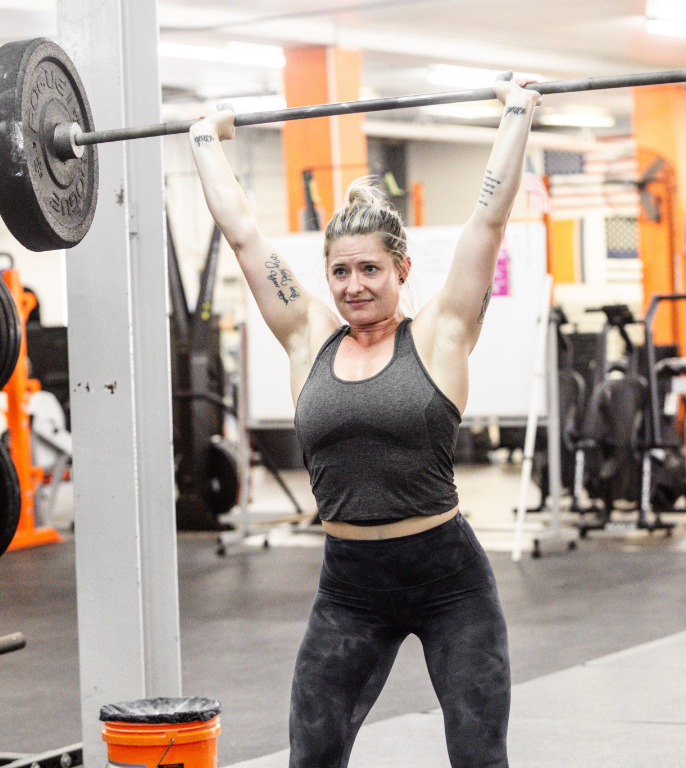Unlocking Lifelong Fitness: The Key to Lasting Results in the Gym
Written on
Chapter 1: The Concept of Flight
Consider this analogy: the primary purpose of an airplane is to soar through the skies. To accomplish this, it requires a runway and a variety of essential components to achieve lift-off.

You will see progress in your gym efforts if you consistently incorporate diverse functional movements. By amplifying the intensity of your workouts, the benefits can increase dramatically.
Picture this scenario: you easily deadlift a moderate weight a few times, perform some lunges, do a couple of sets of push-ups, and then call it a day. You will achieve some results, but they might not be significant.
Now envision committing to improving your deadlift every single day, giving it your all during lunges, and pushing your limits with push-ups, increasing your repetitions each session. That’s what intensity looks like; that’s where real results come from.
However, unchecked intensity can be risky. This raises the question: how can we maintain the necessary training intensity to yield sustainable results throughout our lives? The answer is surprisingly straightforward: we strategically downplay intensity.
This doesn’t mean avoiding intensity altogether; rather, it should be moderated for specific exercises.
Section 1.1: Balancing Functional and Therapeutic Movements
There are high-intensity functional exercises like squats, deadlifts, and presses, alongside lower-intensity therapeutic exercises, such as external shoulder rotations, psoas marches, and wrist curls. The key is identifying which therapeutic movements you require and how frequently you should perform them.
Think of yourself as the airplane aiming to take flight. Your ultimate goal is functional movement, but your runway is uniquely yours, just as mine is different.
If your shoulders are functioning well, incorporate some banded exercises and proceed to presses. However, if you encounter pain, restricted movement, or any irregular sensations, it’s time to pause and focus on improving those issues before moving forward.
Are your knees feeling a bit off? That’s fine. Maybe your warm-up with the Echo Bike and backward sled pull isn’t sufficient. You might need to dedicate an extra 15 minutes to properly prepare yourself before you take off. That’s perfectly acceptable.
This doesn’t imply you should completely avoid squats; it simply indicates that you have more preparatory work to do first—work that is less intense but equally critical.
Once you feel at your best, assess the balance between your functional and therapeutic training. Keep in mind that the ratio you determine today might shift tomorrow.
Subsection 1.1.1: Embracing Change and Growth
We refer to this adaptability as maturity, evolution, intensity, and ultimately, progress.
Chapter 2: Understanding Your Training
In this video, "Why You're NOT Seeing Results in the Gym (And How To Fix It)," you'll learn about common pitfalls that may be hindering your progress and strategies to overcome them.
The second video, "EP 186: 10 Tips For Maximising Results In The Gym," offers practical advice and tips to enhance your workout effectiveness and achieve better results.